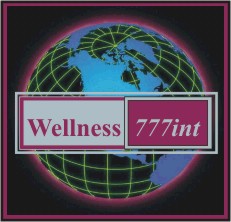
Wellness777int.com
Mannatech Independent Associates Real Food Technology - Cutting Edge Science
|

Peter Dyck |

Wellness777int.com
Mannatech Independent Associates Real Food Technology - Cutting Edge Science
|

Peter Dyck |